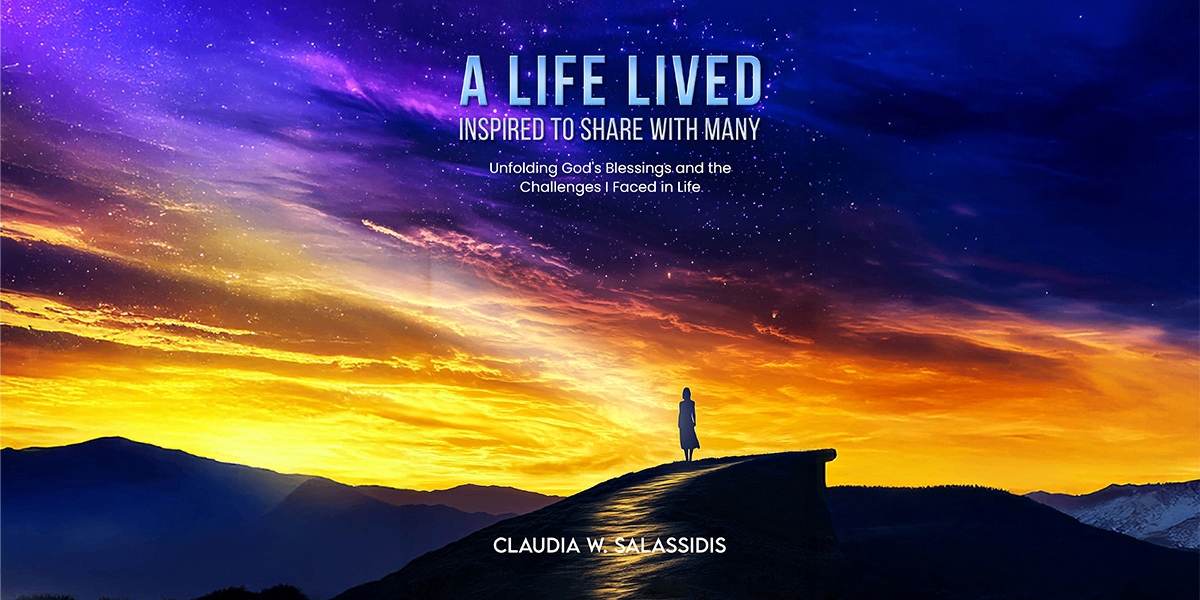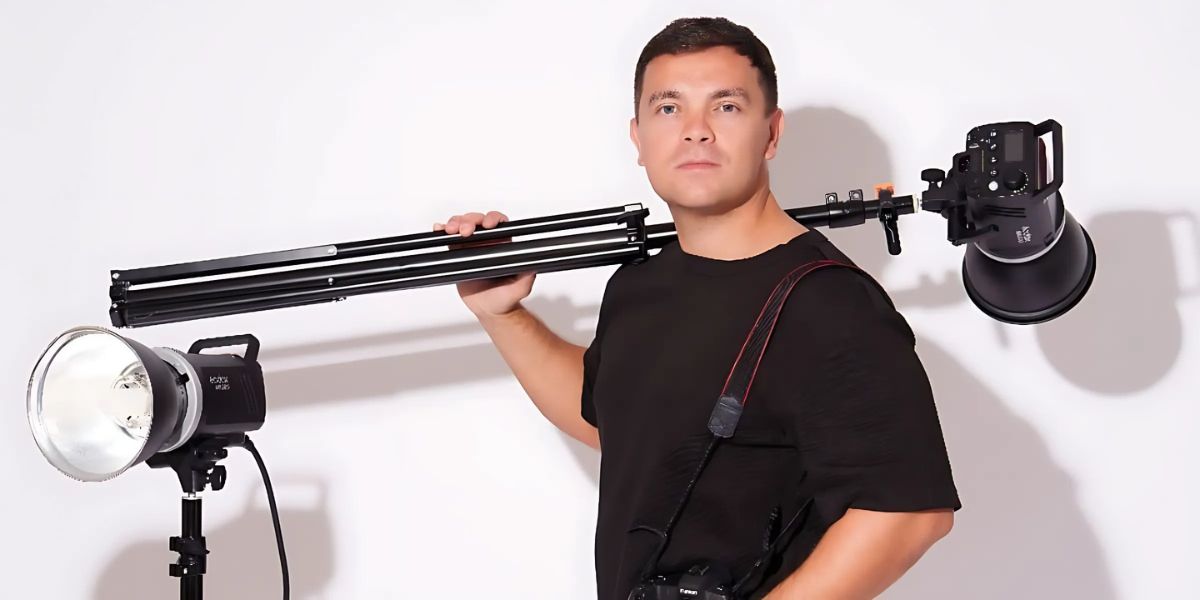What began as a personal exploration fueled by intellectual curiosity eventually gave rise to the infamously unconventional Museum of Death. In the early 1990s, founders J.D. Healy and Catherine Shultz embarked on a project centered around an intriguing question: how does modern consumer culture influence our relationship with death? This initial investigation sparked their interest in collecting a wide array of death-related objects. As their collection grew, it began to transcend being mere morbid curiosities. Healy and Shultz recognized the potential of these disparate artifacts to serve as a catalyst for broader conversations surrounding mortality.
Driven by a desire to share their unconventional collection with a wider audience, Healy and Shultz established the first iteration of the Museum of Death in 1995. Located within a former San Diego mortuary, the museum wasn’t an instant commercial success. However, it quickly garnered attention, gaining notoriety for its unflinching and, some would say, provocative approach to the often-avoided subject of death. This willingness to push boundaries and stimulate public discourse on a taboo topic became a defining characteristic of the Museum of Death.
Over time, the Museum of Death has solidified its reputation as an institution that challenges societal norms around death. Its expansion to include prominent locations in both Hollywood, California and New Orleans, Louisiana reflects the ongoing public fascination with the macabre, but it also speaks to a growing desire amongst some to confront their mortality and engage in a dialogue often relegated to societal shadows.
What to Expect at the Museum of Death
The exhibitions at the Museum of Death are not for the squeamish. Visitors can expect to encounter:
- Preserved human remains: One of the most confronting aspects of the museum is the display of actual human remains. This includes not only skulls and articulated skeletons, often utilized in anatomical studies, but also preserved fetal specimens at various developmental stages. These exhibits force visitors into direct proximity with the biological realities of death, often prompting reflection on the fragility of the human body.
- Mortuary equipment: The Museum of Death offers a chilling glimpse behind the curtain of the death care industry. Displays of antique embalming instruments, vintage hearses, and modern cremation equipment provide insight into the practical and technical processes involved in handling the deceased. For some, this may demystify certain aspects of death, while for others it may amplify the clinical, even unsettling, procedures that occur after a person’s life has ended.
- Crime scene and autopsy photos: In a section that truly pushes boundaries, the museum exhibits graphic photographs documenting scenes of violent death. These images may depict homicide victims, accidents, or suicides in uncensored detail. Alongside these are autopsy photographs, revealing the internal bodily effects of various causes of death. While potentially disturbing, these exhibits offer a stark perspective on the tragic and at times gruesome consequences of violence.
- Artworks inspired by death: Alongside the more visceral displays, the Museum of Death incorporates works of art that grapple with themes of mortality, loss, and the human fascination with death. Paintings, sculptures, mixed media installations, and even taxidermy pieces by various artists invite a more contemplative approach to the subject. These artworks may explore death through symbolism, spiritual iconography, or stark realism, offering alternative avenues for processing the complex emotions that death evokes.
While the graphic content undoubtedly raises eyebrows, the Museum of Death aims to spark deeper conversations about death, a topic often shrouded in silence and taboo. “The museum creates a space where people can confront their fear of death and have open conversations about mortality,” observes a psychology professor specializing in death anxiety.
Educational Value
The Museum of Death offers educational exhibits alongside its more shocking displays. These delve into topics including:
-
The history of funeral practices: Moving beyond the shock factor, the museum offers exhibits that delve into the fascinating evolution of how different societies have approached death and burial rituals. Visitors can learn about ancient Egyptian mummification practices, the elaborate Victorian mourning customs, and the shift towards the more streamlined funeral services often seen in the contemporary Western world. This historical perspective highlights how our attitudes towards death are not static but shaped by the specific cultural contexts in which we live.
-
Forensic science: The museum sheds light on the intricate work of forensic scientists who play a crucial role in investigating deaths. Exhibits may explain techniques like DNA analysis, fingerprint identification, toxicology, and ballistics, as applied in criminal investigations. Understanding these scientific methods can demystify the process of determining cause of death and potentially identifying perpetrators, offering greater insight into the pursuit of justice even after life has ended.
-
Different cultural perspectives on death: The Museum of Death acknowledges that death is not a monolithic experience; its meaning and associated rituals are profoundly influenced by cultural and religious beliefs. Exhibits explore diverse perspectives on death and the afterlife, ranging from the Mexican Day of the Dead celebrations to the Buddhist concept of reincarnation, and funerary practices within various faiths around the world. This cross-cultural examination fosters an understanding that there is no single “right” way to approach death, encouraging respect for differing belief systems.
The Museum of Death’s ultimate goal is to heighten awareness of mortality. By confronting death directly, the museum hopes to prompt visitors to reflect on their own lives and appreciate the preciousness of time. “By acknowledging death as an inevitable part of life, we can live more fully and embrace each day with greater purpose,” suggests a hospice care worker specializing in end-of-life discussions.
The Museum of Death has its fair share of critics. Some argue that the graphic nature of the exhibits gratuitously exploits human suffering. Others express concerns about the potential psychological impact on sensitive visitors. It’s important to approach the museum with a sense of preparedness and understand that the content isn’t suitable for everyone.





